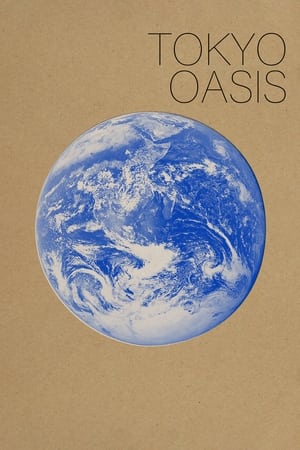

As a result of his aboriginal tribal upbringing, he was particularly self-sufficient and capable of surviving in the wilds. Nakamura stayed with his steadily dwindling group until 1956, when he set off on his own and built himself a hut inside a small field that he hacked out of the rainforest, and in which he grew tubers and bananas to supplement his diet.

As with holdouts elsewhere, they dismissed leaflets airdropped over the jungle, advising of war’s end, as enemy propaganda. By the time Japan surrendered, Nakamura and his remaining comrades were deep in the island’s jungle, cut off from communications with Japanese authorities, and thus had no means of receiving official notice of war’s end. However, Nakamura’s unit had been ordered to disperse into the jungle and conduct guerrilla warfare. The survivors fled into the jungle, where they suffered even more attrition from starvation and disease.Īt war’s end, Nakamura was not among the Japanese survivors who surrendered to the Allies in Morotai, so he was presumed dead and officially declared so in 1945. Soon after his arrival in Morotai, American and Australian forces invaded that island, successfully seized their objectives, and broke organized resistance while inflicting heavy losses on the Japanese defenders. Nakamura was conscripted into a colonial unit in 1943, and posted to Morotai Island in the Dutch East Indies – present day Indonesia – in 1944. He was “the last of the last” of the Japanese holdouts, outlasting the more famous Hiroo Onoda by a few months before he was caught.

Teruo Nakamura was born in the then Japanese possession of Formosa – today’s Taiwan – in an aboriginal tribe in 1919.


 0 kommentar(er)
0 kommentar(er)
